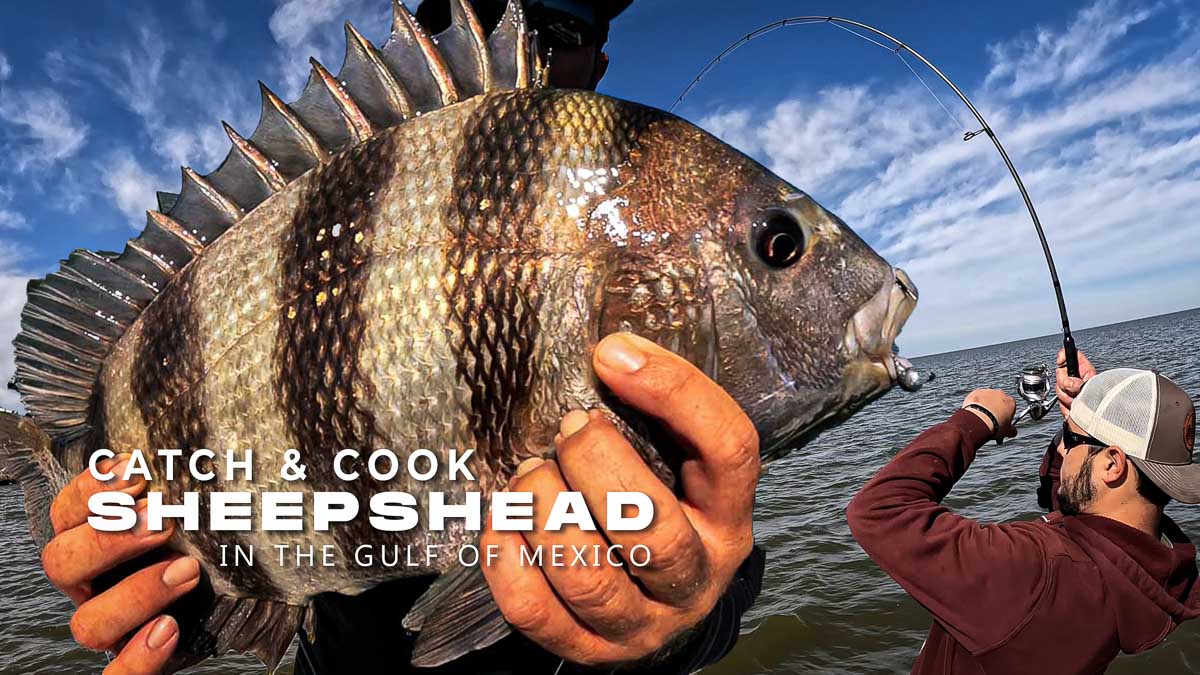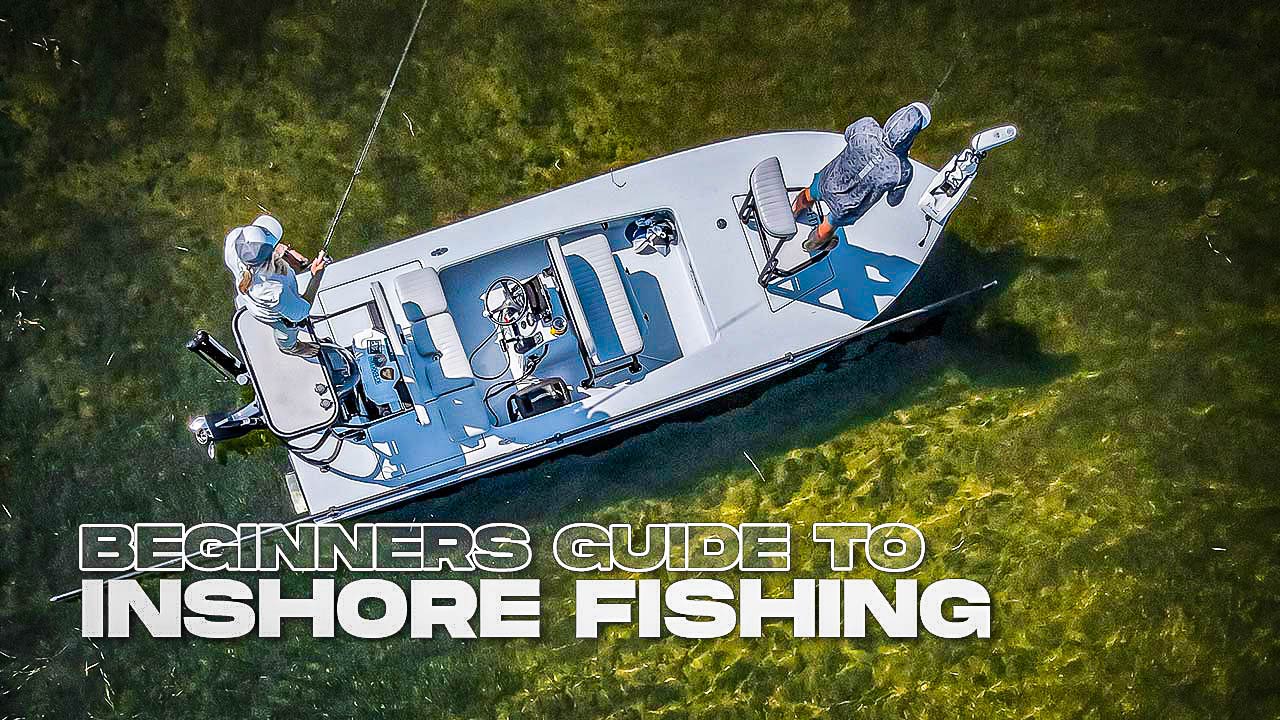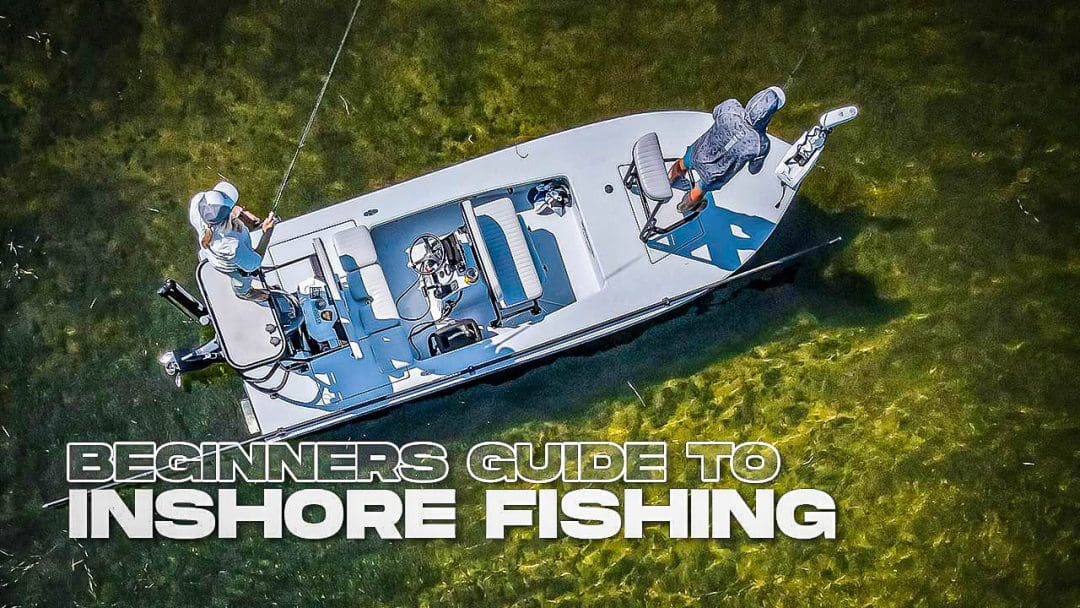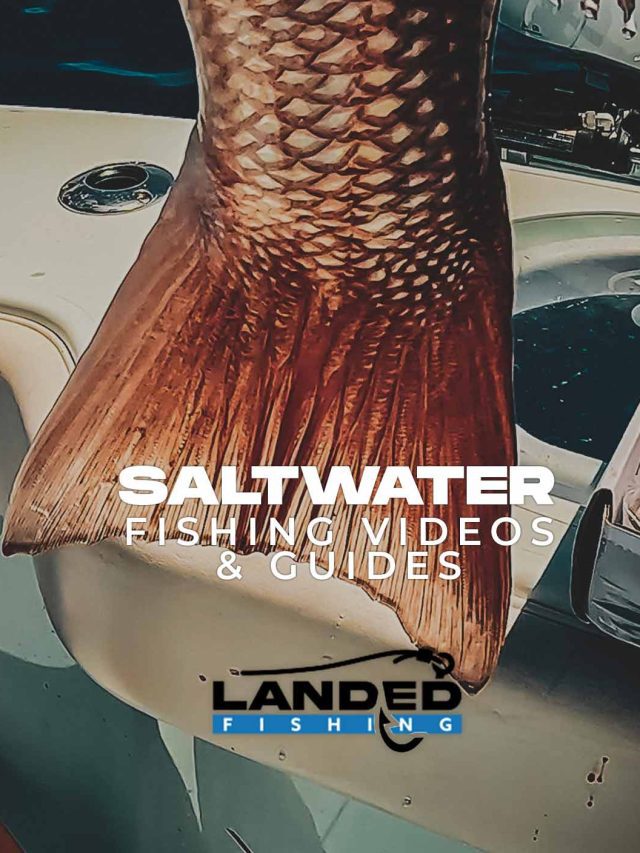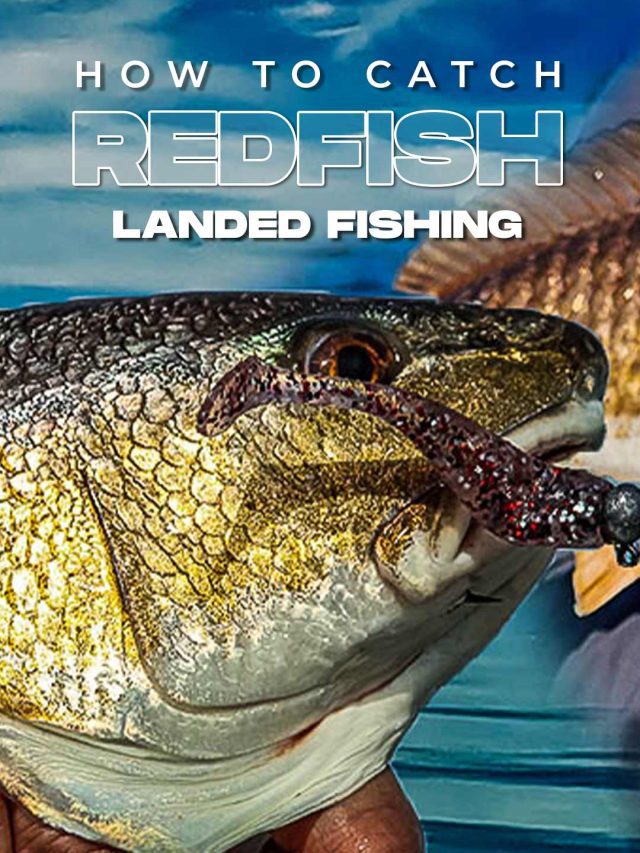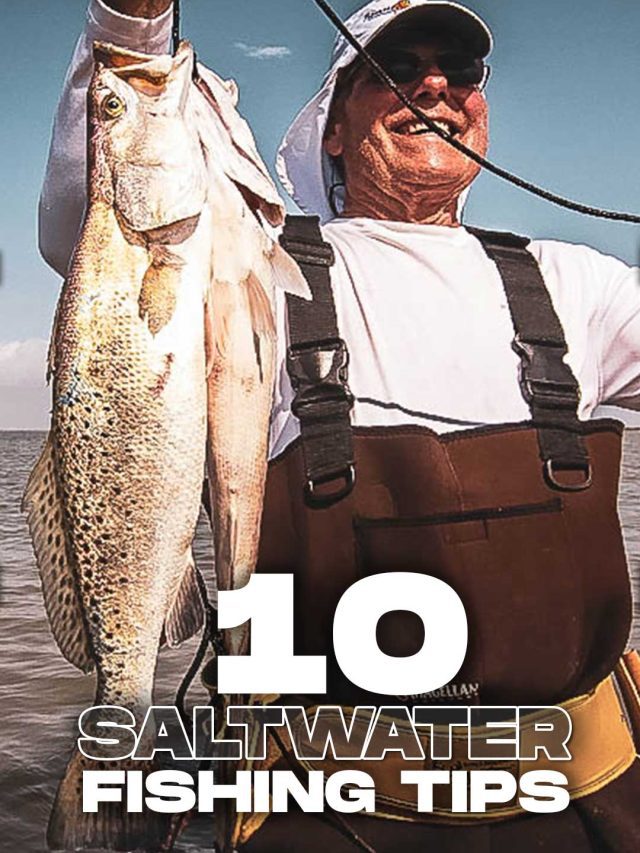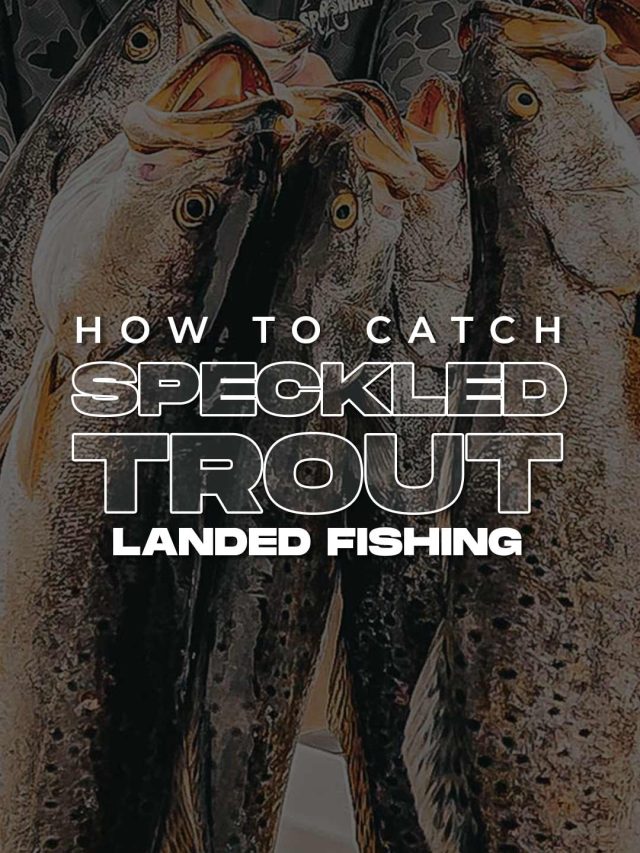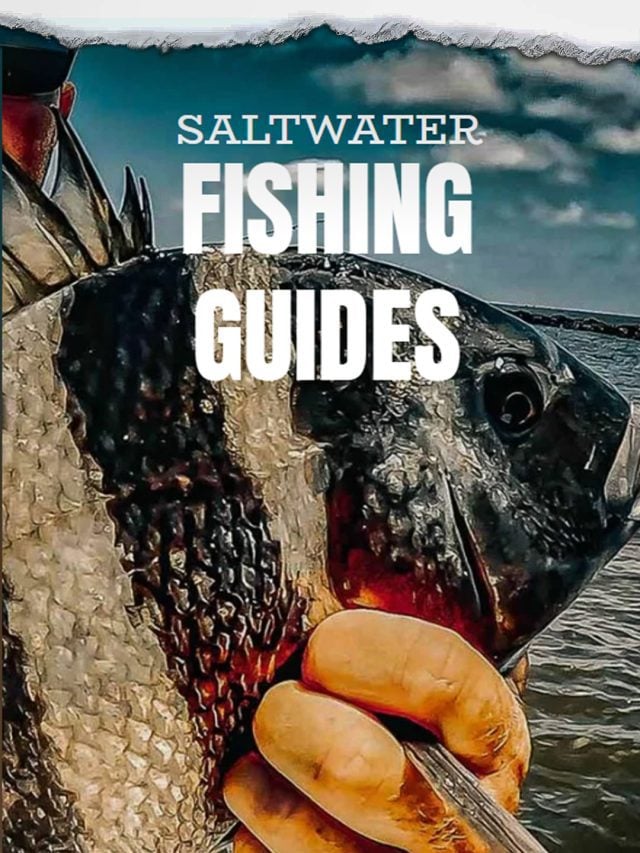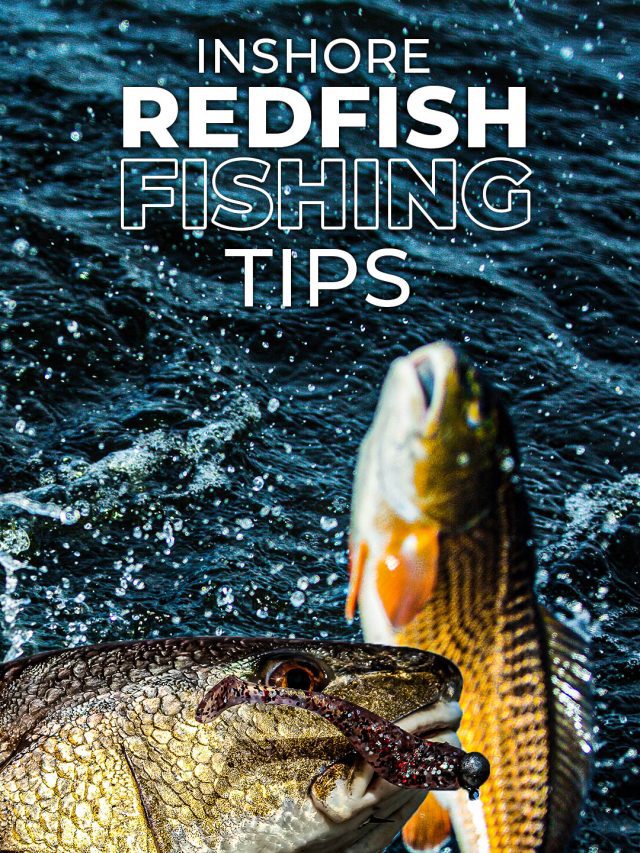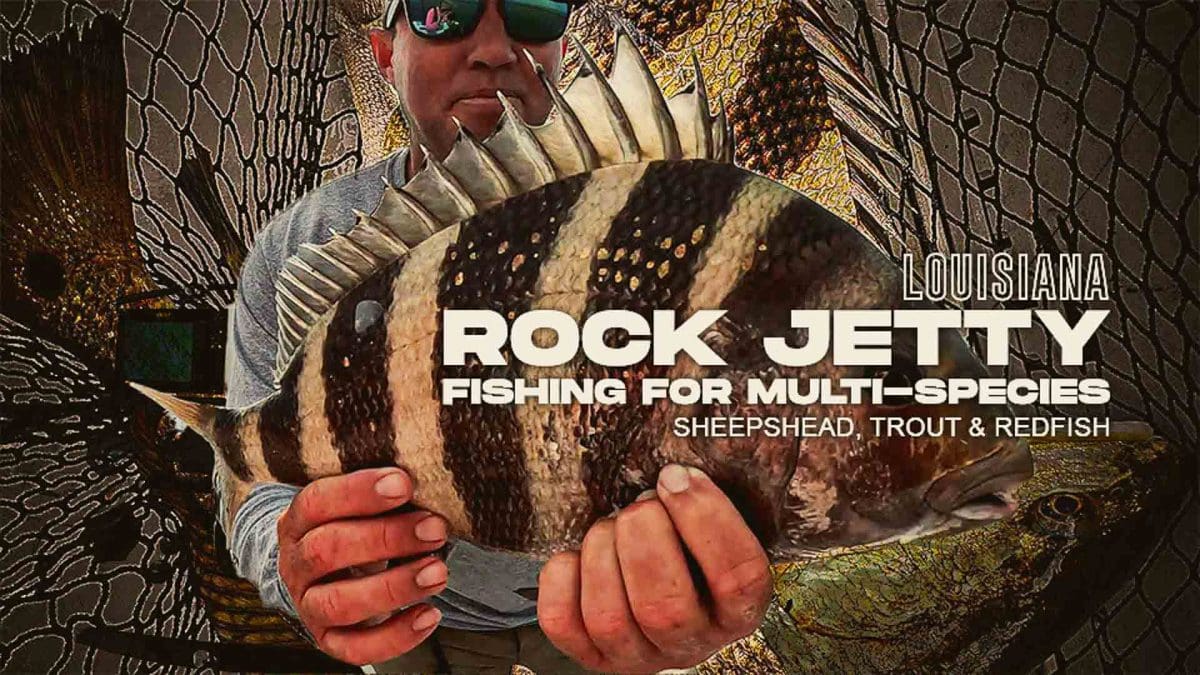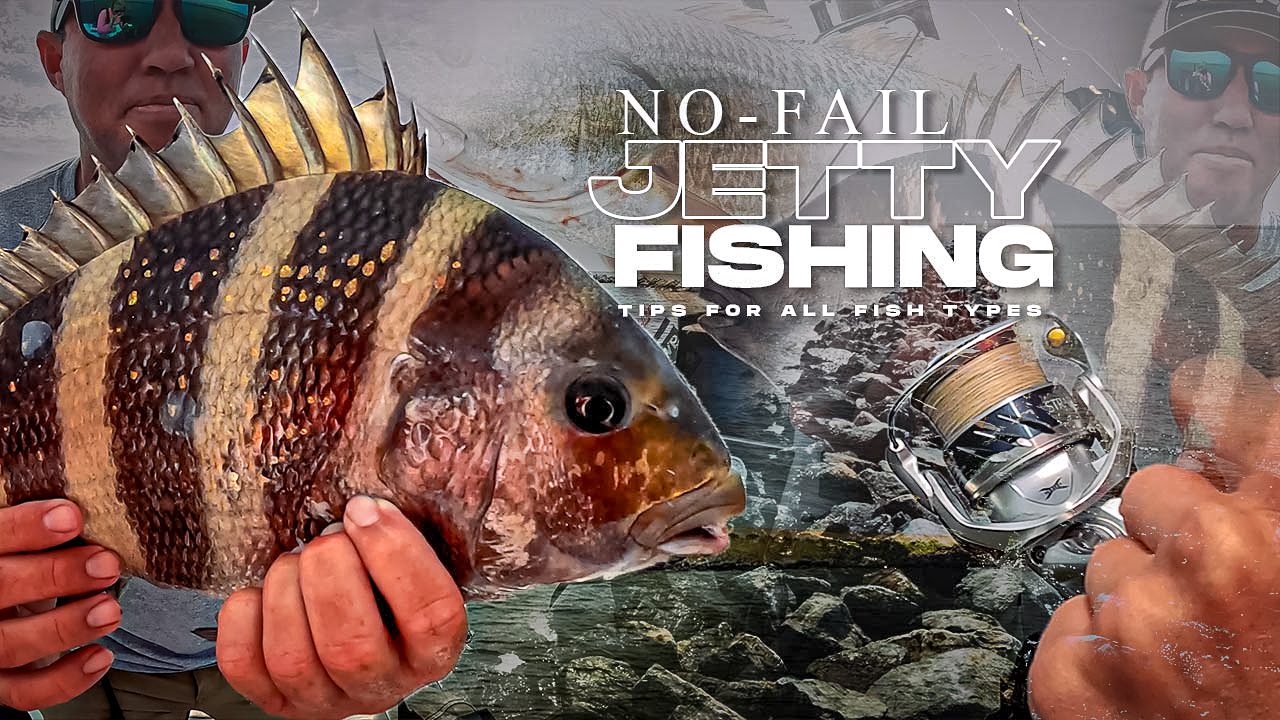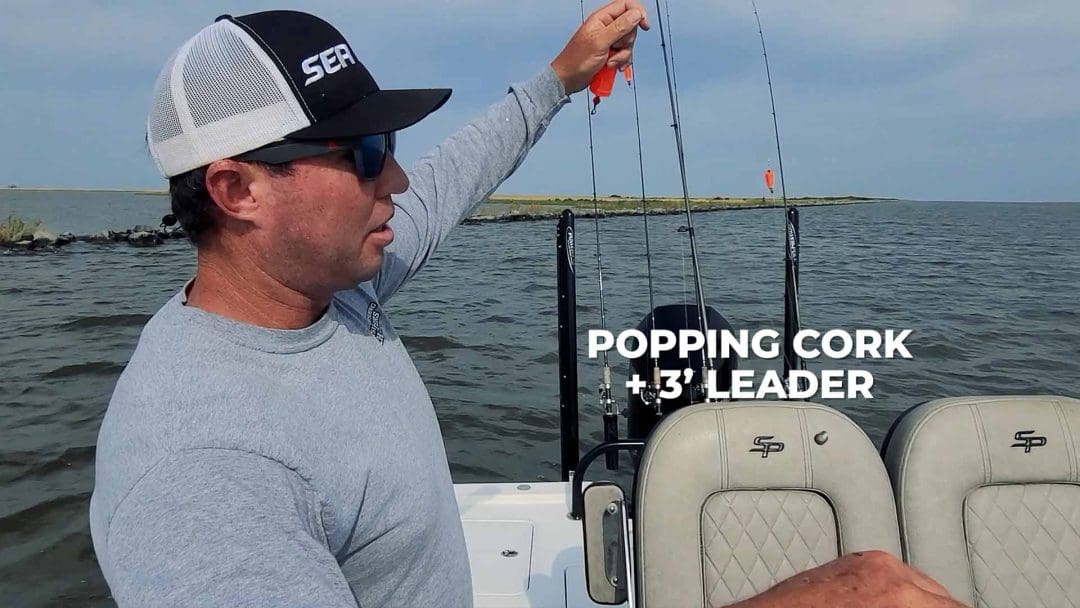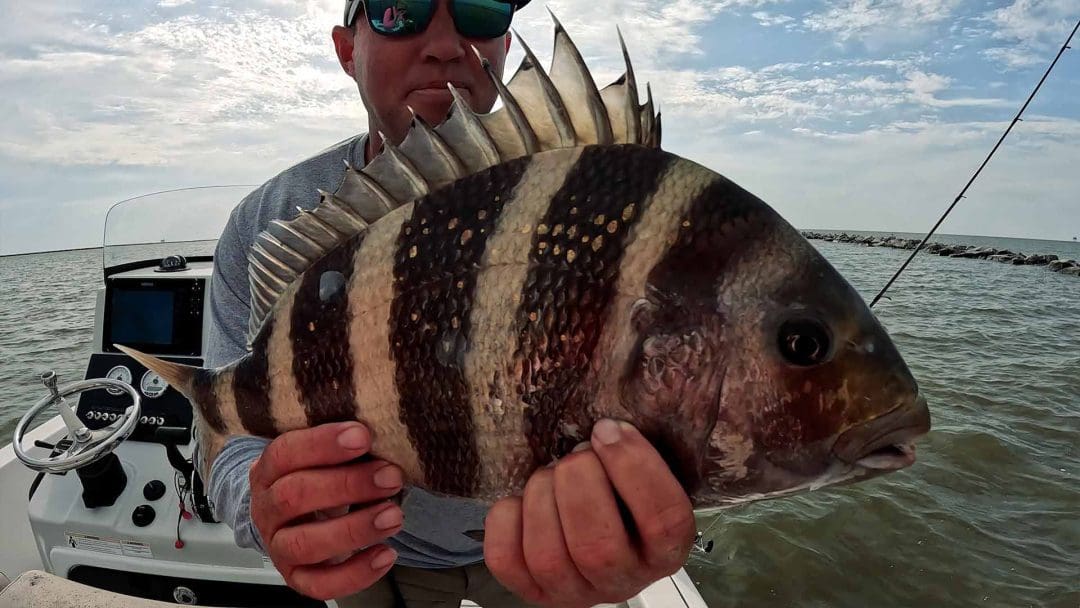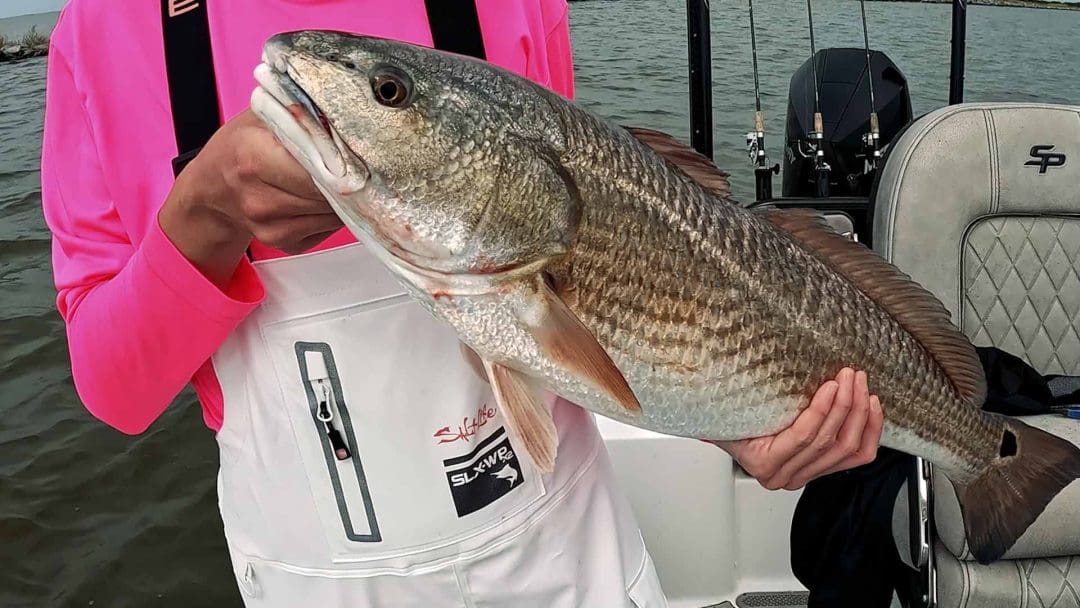The Ultimate Guide to Catching Sheepshead in the Gulf of Mexico
If you’re looking to add these striped fighters to your catch list, you’re in the right place. This guide equips anglers with the knowledge to effectively target Sheepshead, enhancing their fishing experience in the Gulf of Mexico.
Watch Video: Catch and Cook Sheepshead
New Video 3/20 @4PM EST
For those preferring lures, small crustacean imitations are your best bet. Catching Sheepshead requires patience and the right gear, with early morning or late afternoon being the optimal times for bites.
The best season for Sheepshead fishing is from late winter to early spring, aligning with their spawning period.
Sheepshead, known for their firm, white flesh, are not only fun to catch but also excellent to eat.
Where to Find Sheepshead
Sheepshead prefers cooler, deeper waters but moves inshore as it gets colder. They love structures like docks and bridges where barnacles and oysters are. Check with your local marina personnel and other anglers are great sources of info on where to find them.
Offshore
Look around structures and artificial reefs during the summer. That’s their summer hideout.
Nearshore:
From November to February, keep an eye on structures like rocks and marker posts. They like hanging around there.
Inshore:
During the cooler months, you’ll find them around piers, docks, and seawalls. They really like structures, huh?
When They Bite:
As the water cools down around November to late February, sheepshead start moving inshore. It’s like their vacation time. Watch the tide. When it moves, sheepshead are more likely to snack on your bait.
Fishing Gear for Sheepshead
Preferred tackle? Light spinning or bait casting.
A medium to stout rod that’s 6 to 7 feet long is ideal.
Go for 12-20 lb braided line with a 15-20 lb fluorocarbon leader.
Circle hooks are the way to go, specifically #1.0 size as smaller hooks work best.

What’s the Best Fishing Rig for Sheepshead?
A Carolina rig with a short leader is your best bet to keep the bait near the bottom. Smaller hooks are preferred since sheepshead can be quite picky.
What’s the Best Bait?
When it comes to Sheepshead, live bait reigns supreme. Fiddler crabs, shrimp, and sand fleas are top picks. These critters mimic the Sheepshead’s natural diet, making them irresistible.
- Early in the cold season, go for fiddler crabs, oysters, and clams.
- Sand fleas are irresistible to them.
- As winter progresses, shrimp becomes an acceptable bait.
Fiddler crabs, barnacles, oysters, clams, shrimp, and sand fleas are all on the menu. As the season kicks off, they’re all about crabs and barnacles. Mid to late season? Shrimp become their go-to.
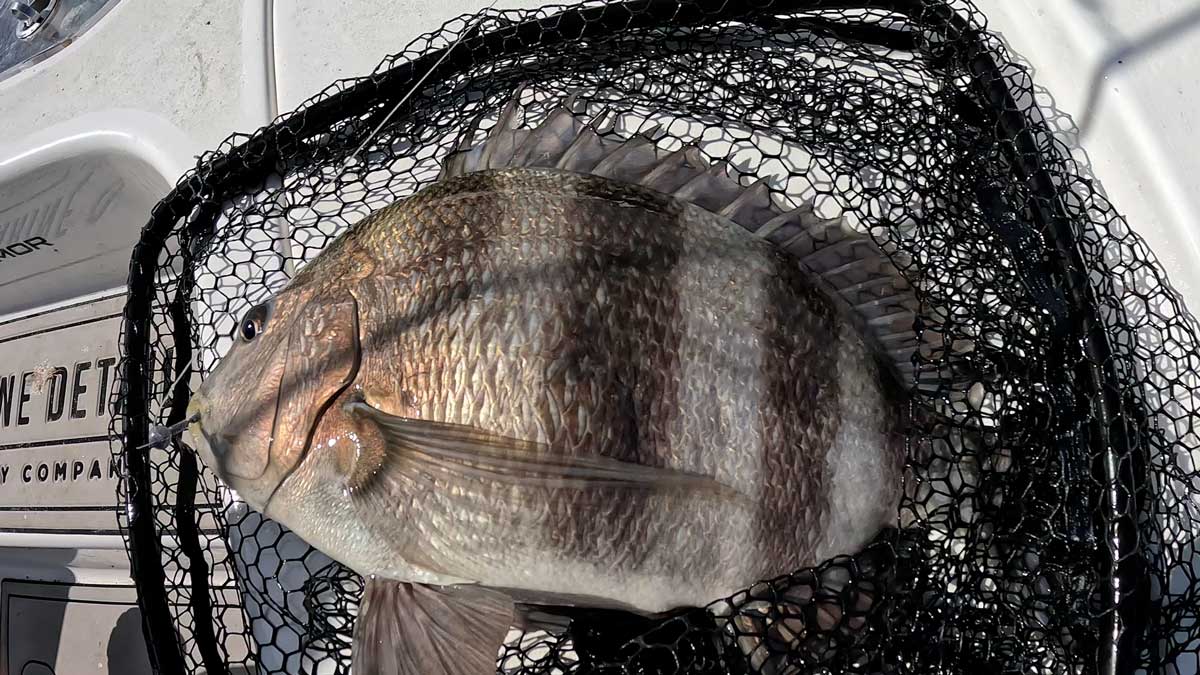
Do Sheepshead Bite Cut Bait or Lures?
Sheepshead can be finicky. While they prefer live bait, they won’t turn their noses up at cut bait, especially when it’s part of their preferred menu. However, live bait is more effective to trigger their predatory instincts.
Do Lures Work?
Yes, Sheepshead will strike at lures, but there’s a catch. They’re known for their pickiness.
Best Lures?
Choose lures that mimic their natural prey, like small crustacean imitations. Soft plastics that look like crabs or shrimp can do the trick.

The Carolina, Jig head or drop shot rig, paired with size 1 to 4 hooks, is recommended for a successful catch.
Fishing Techniques for Sheepshead
Keep your line tight to notice the small taps. Use the bottom half of a shrimp for bait. Make sure your bait is close to the structure and check your rig often.
They have small mouths, so keep the bait small. Try scraping away barnacles to attract them and use slow-moving jigs.
Jigging for Sheepshead
A 1/4 to 1/2 oz jig head is your go-to. Pair it with a crustacean imitation for the best results. When jigging, a 1/4 to 1/2 oz jig head is ideal. Shore anglers can also find success near structures such as piers and jetties.

Are Sheepshead Easy to Catch?
“Easy” might not be the word, but with the right approach, you can successfully catch Sheepshead. Patience and the correct bait or lure are key.
Timing Their Bites
Sheepshead are most active and likely to bite during the cooler parts of the day, such as early morning or late afternoon.
Rigging It Right
The best rig? A Carolina rig or a drop shot rig works wonders. These allow your bait to sit near the pilings and structures Sheepshead love, without getting snagged.
Hooked on the Right Size
When it comes to hooks, smaller is usually better. Size 1 /0 to 4/0 hooks are ideal, allowing the bait to be presented more naturally.
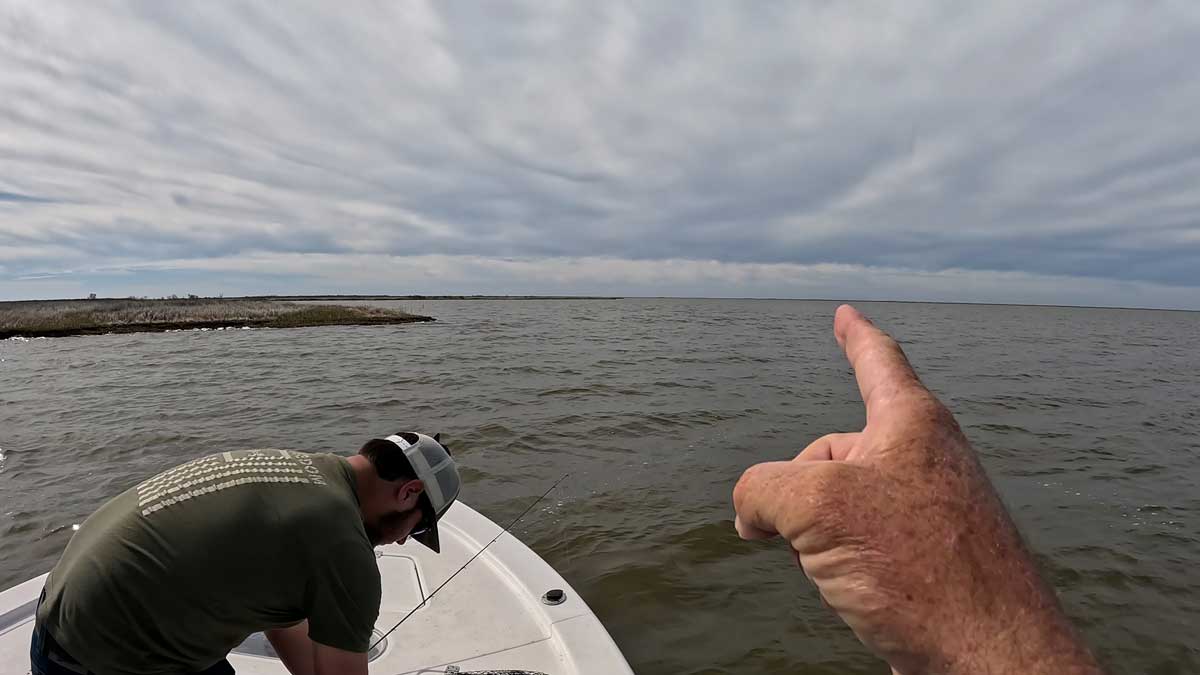
Are Sheepshead Good Eating?
Absolutely. Sheepshead are delicious, with a firm, white flesh that’s excellent for a variety of dishes. Just be mindful of the regulations regarding size and bag limits.
Can Sheepshead be Caught from Shore?
Yes, you can catch Sheepshead from the shore, especially around piers, jetties, and other structures.
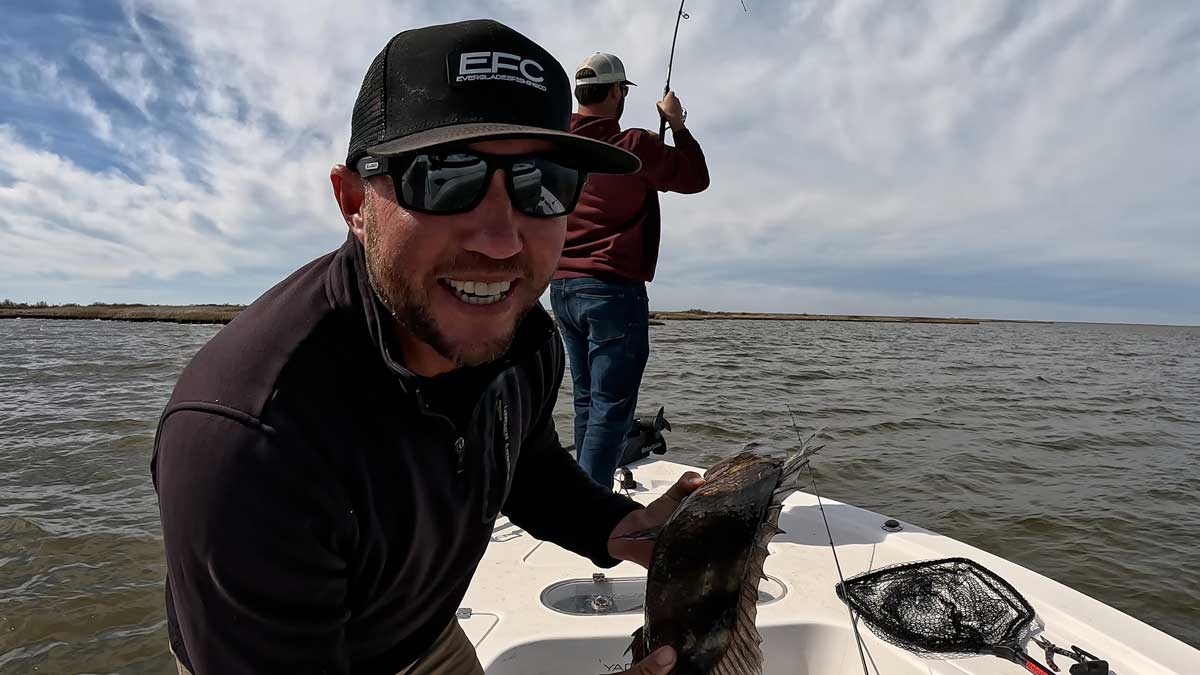
When is the Best Time for Catching Sheepshead?
Late winter to early spring is the peak season for Sheepshead along the Gulf Coast. They gather in larger numbers, especially around spawning time, making them easier to target.
Now that you’re equipped with the essentials for catching Sheepshead in the Gulf of Mexico. Remember, it’s about patience, the right bait or lure, and understanding their habits.
Cleaning Sheepshead
It’s a bit tricky due to their large rib cage. Keep the blade close to the spine and use a v-cut to remove any small bones.
Why Sheepshead?
They’re challenging to catch, fight hard, and taste great. You can catch them offshore, inshore, and from piers, making them a versatile target for all anglers.
Happy fishing, and may your lines be tight with the striped prize of the Gulf!
Explore More
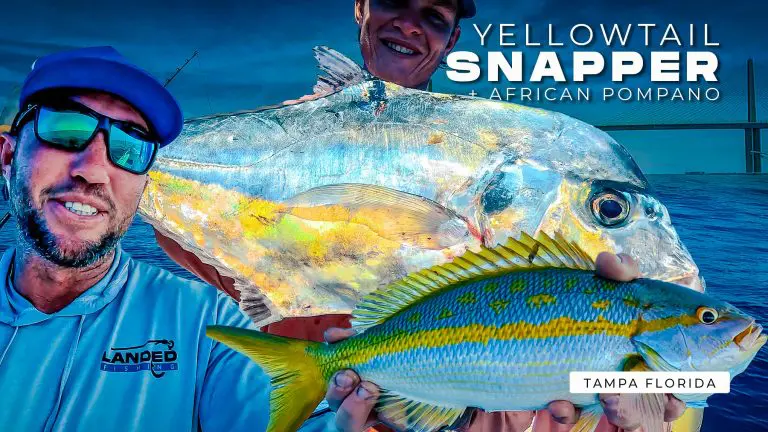
Tampa Florida Offshore Fishing Yellowtail Snapper + African Pompano The perfect fishing trip in the Gulf of Mexico, Join…

Tampa Florida's Skyway Bridge Fishing Pier Join us as we team up with GrouperMVP, The Ballyhoop Net and the…
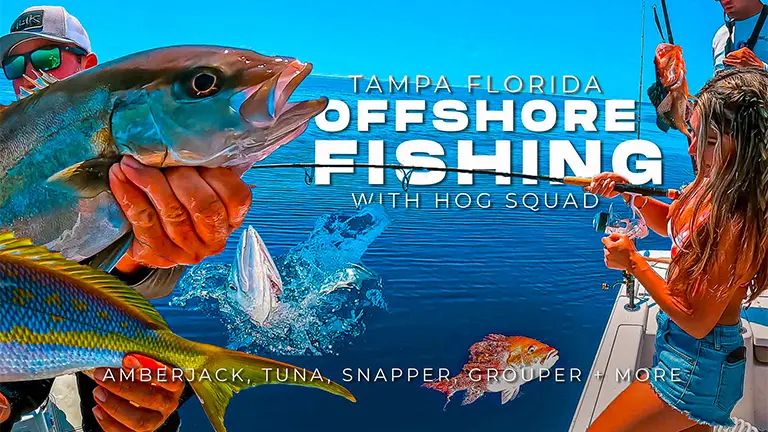
Tampa Offshore Fishing Experience with Hog Squad Fishing If you're seeking an offshore fishing experience that's as exhilarating as…

